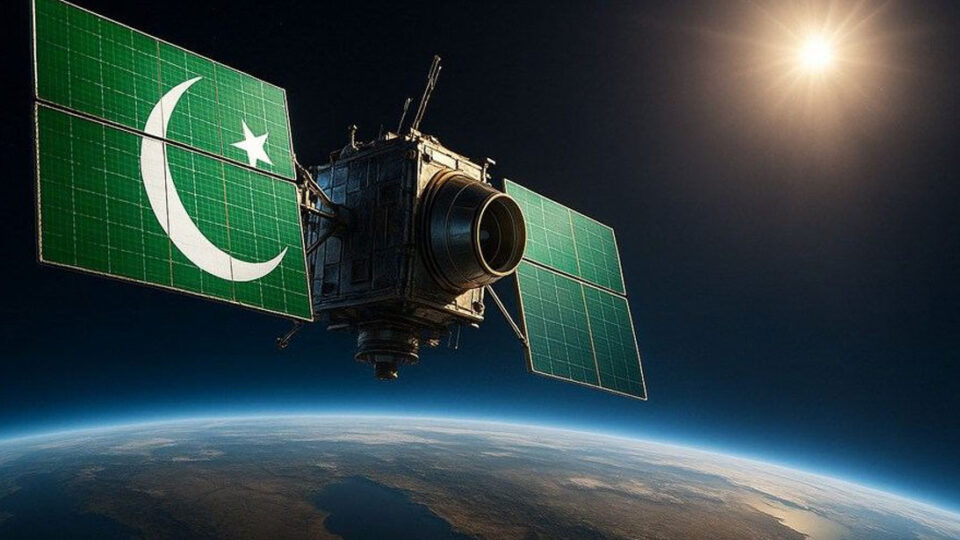Pakistan Launches PRSS-II Satellite to Boost Disaster Management, Agriculture & Climate Monitoring
In a significant stride toward technological advancement, Pakistan has successfully launched its latest remote-sensing satellite, PRSS-II, on July 31, 2025, from the Xichang Satellite Launch Centre in China, as confirmed by SUPARCO (Space and Upper Atmosphere Research Commission).
The cutting-edge satellite is set to revolutionize how Pakistan tackles disaster management, urban planning, agriculture, climate observation, and environmental protection.
🌪️ Faster Disaster Response & Relief
PRSS-II will dramatically improve disaster response by mapping flood and earthquake damage in real-time. This will help authorities launch quicker and more efficient relief and recovery operations, ultimately saving lives and resources.
🏙️ Smarter Urban Planning
The satellite provides valuable data for infrastructure monitoring, land use tracking, and traffic analysis. City planners can now design more sustainable urban spaces, plan road networks effectively, and better manage urban growth.
💧 Better Water Management
PRSS-II will help monitor rivers, dams, and reservoirs, enabling authorities to predict floods, manage water resources, and improve long-term water security in a water-stressed country like Pakistan.
🌾 Boost to Agriculture & Food Security
Farmers and agricultural planners can use satellite data to estimate crop yields, detect early signs of stress, and improve farming practices—supporting Pakistan’s efforts to strengthen food security.
🌍 Tracking Climate Change
PRSS-II will help scientists monitor glaciers, track soil erosion, and observe long-term environmental changes—offering key insights into how climate change is impacting the region.
🌳 Protecting Forests
The satellite’s high-resolution imaging will also aid in detecting illegal logging, monitoring forest health, and combating deforestation, reinforcing Pakistan’s environmental conservation goals.
🛰️ A Leap Toward Space-Based Self-Reliance
SUPARCO emphasized that PRSS-II represents a major step in strengthening Pakistan’s self-reliance in space-based research, environmental monitoring, and national planning.

